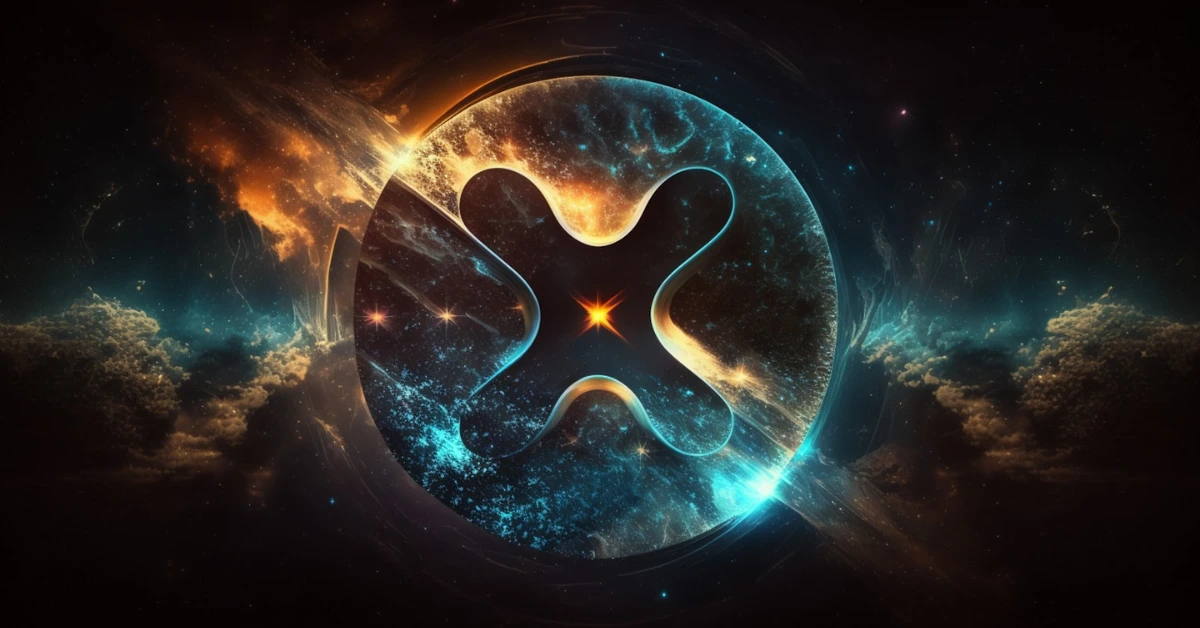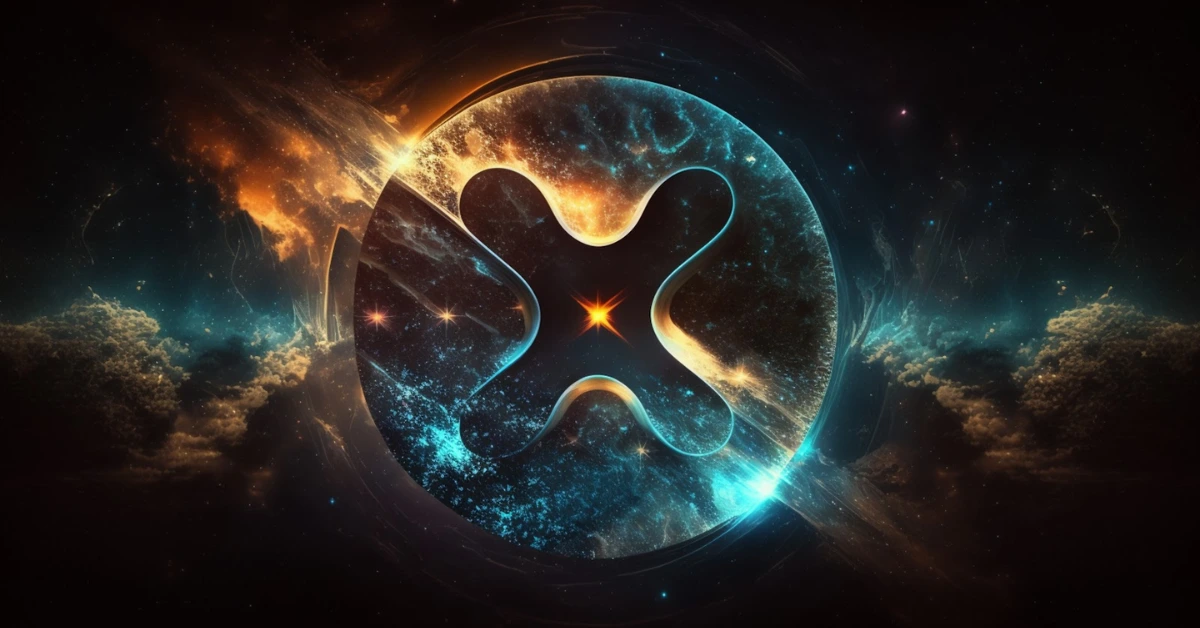The Rise of ISO 20022-Ready Cryptocurrencies: A New Era in Finance?
The global financial world stands on the precipice of a monumental shift, fueled by the widespread adoption of the ISO 20022 standard. More than just a simple tech upgrade, this standard heralds a comprehensive overhaul in how financial information is exchanged, promising greater interoperability, boosted efficiency, and crystal-clear transparency. As the deadline for complete implementation looms in 2025, a fresh wave of cryptocurrencies is emerging, meticulously designed to align with and leverage this developing infrastructure. These ISO 20022-compliant digital assets aren’t merely surfing a trend; they are positioning themselves as core components of the financial system of tomorrow.
Deciphering the ISO 20022 Standard
At its heart, ISO 20022 is a universal messaging format tailored for financial dealings. Think of it as a standardized language that will allow diverse financial bodies—banks, payment processors, and, increasingly, cryptocurrency networks—to communicate without friction. The current SWIFT system, though ubiquitous, struggles with outdated tech and limited data capacity. ISO 20022, by contrast, permits richer, more structured, and real-time payment messages, drastically cutting down on errors, simplifying processes, and ultimately reducing costs.
Adopting this standard isn’t merely a suggestion, it’s a vital evolutionary step for any institution aiming to stay competitive and compliant in the global financial landscape. This transition presents a unique opening for cryptocurrencies that have proactively integrated compatibility into their fundamental design.
Top Competitors: A Detailed Examination
Several cryptocurrency projects are already showcasing strong compliance with ISO 20022, effectively marking themselves as frontrunners in this burgeoning market. Although the playing field is ever-changing, a consistent group of coins repeatedly surfaces in major discussions and analyses.
XRP (Ripple): Frequently hailed as the frontrunner, XRP has forged over 300 alliances in the financial world, all aimed at speeding up global payment processing. Ripple’s core mission is to solve the inefficiencies plaguing cross-border transactions, a goal that resonates strongly with the principles of the ISO 20022 standard. Its partnership with financial giants like Santander, American Express, and SBI Holdings highlights its practical uses and real-world value. Furthermore, XRP holds a seat on the ISO 20022 standardization body, allowing the company direct input into the standard’s evolution. Recent events, including legal battles with the SEC and attempts at settlement, continue to shape its journey.
Stellar Lumens (XLM): Mirroring XRP, Stellar is also focused on cross-border transactions, but with a stronger drive toward financial inclusivity. XLM strives to provide accessible financial services to underprivileged populations, capitalizing on the efficiency gains offered by ISO 20022. Like XRP, Stellar participates in the ISO 20022 standardization body, actively shaping the standard’s progress. Its payment-enabled blockchain is custom-built for borderless payments, making it an attractive choice for our interconnected world.
XDC Network: The XDC Network has rapidly risen to prominence as a reliable, ISO 20022-compliant blockchain infrastructure. Its exclusive focus on real-world asset tokenization and trade finance sets it apart. Engineered with Ethereum Virtual Machine (EVM) compatibility, XDC offers scalability, diminished transaction costs, and enhanced security via its Delegated Proof of Stake (DPoS) consensus mechanism. Experts consistently spotlight XDC as a leading contender for bridging financial divides globally.
Algorand (ALGO): Algorand has expressed a strong promise to comply with standards, and to provide a secure and scalable platform of financial applications. Its focus on speed and efficiency aligns well with the goals of the new standard.
Cardano (ADA): Cardano appears to be aiming at working towards ISO compliance, demonstrating its commitment to interoperability.
Quant (QNT): Quant’s Overledger operating system is purposed to connect many blockchains, fostering interoperability. It’s considered an innovator in this space, tackling the challenge of connecting disparate systems.
Hedera Hashgraph (HBAR) & Iota (MIOTA): These projects also feature prominently in discussions around ISO 20022.
Stepping Beyond the Core: Expanding the Ecosystem
While the aforementioned coins consistently dominate the conversation, the ISO 20022 ecosystem extends beyond these major entities. Chainlink, for example, is earning accolades for its role in providing secure and trustworthy data feeds, which are integral to the operation of compliant financial applications. Additionally, USDC, a stablecoin, is under consideration for its potential to streamline transactions within the ISO 20022 framework.
The crucial point here is that ISO 20022 is not about finding a single winning cryptocurrency. Instead, it’s about cultivating a diverse ecosystem of interconnected projects that collectively contribute to constructing a more efficient and transparent financial system.
Investor Sentiment and Market Dynamics
Despite a positive outlook, the market for ISO 20022-compliant cryptocurrencies has experienced recent volatility. Some crypto analysis suggest that price declines aren’t indicative of failure, but rather a temporary correction presenting opportunity for investors. The transition to ISO 20022 is a long play, and short-term fluctuations shouldn’t overshadow the value proposition that these projects have. Investor interest is driven by the expectation that these coins will play a crucial role in the future of finance, facilitating faster, cheaper, and more secure transactions.
Challenges and Considerations
While the anticipated advantages are substantial, potential difficulties persist. Lingering regulatory uncertainty continues to plague the cryptocurrency industry, and the ever-changing legal environment could impact the integration of ISO 20022 compliant coins. Furthermore, successfully integrating these technologies with existing financial infrastructure will demand considerable investment and collaborative efforts. The ultimate success of these projects rests on their ability to overcome these obstacles and demonstrate genuine value to both financial institutions and individual users.
A Future Built on Interoperability
The convergence of cryptocurrency and the ISO 20022 standard signifies a watershed moment in the evolution of finance. The coins at the forefront of this movement—XRP, Stellar, XDC, Algorand, and others—are more than speculative assets; they are fundamental components in building a more interconnected and efficient global financial network. With the world fast approaching the 2025 deadline for full ISO 20022 implementation, these projects are primed to unlock unprecedented levels of interoperability, transparency, and accessibility, effectively reshaping how money flows around the world. The rise of ISO coins isn’t merely a trend; it’s a sign of a new financial evolution.












